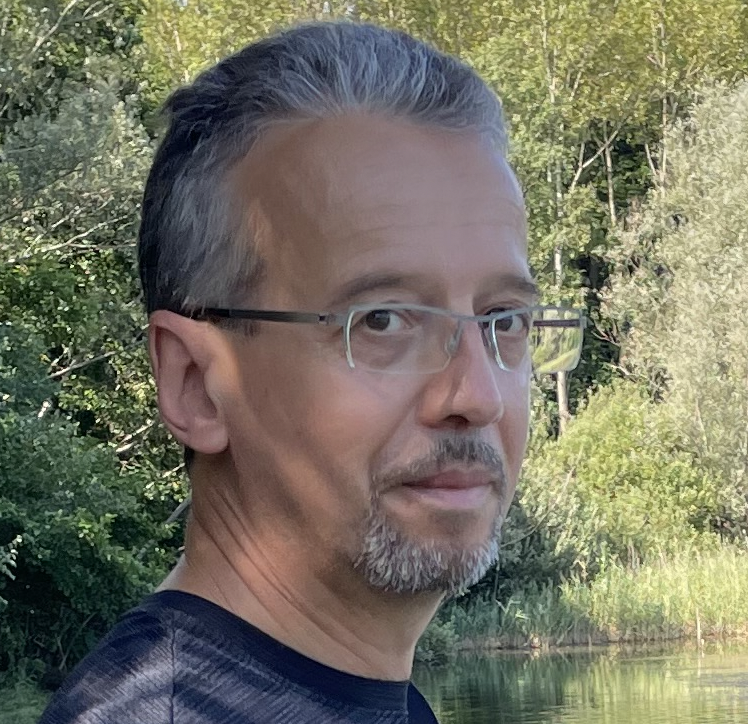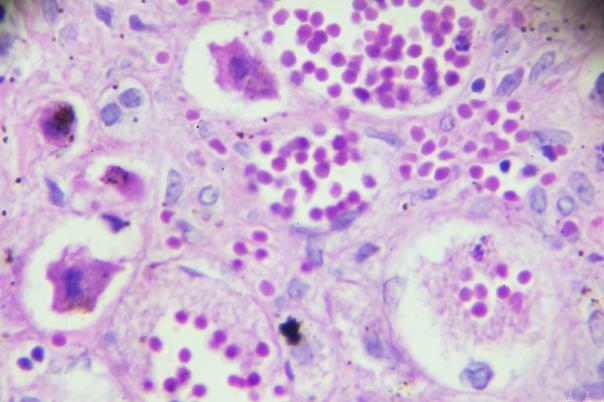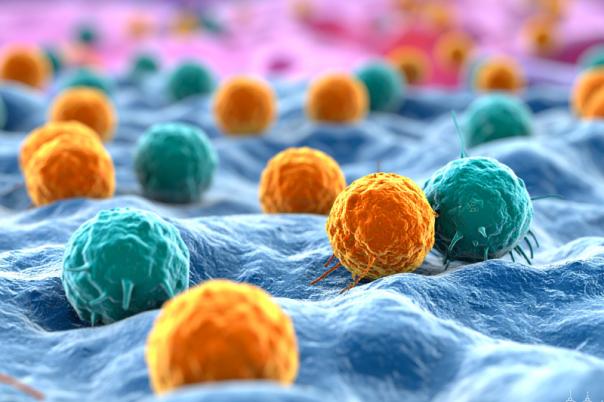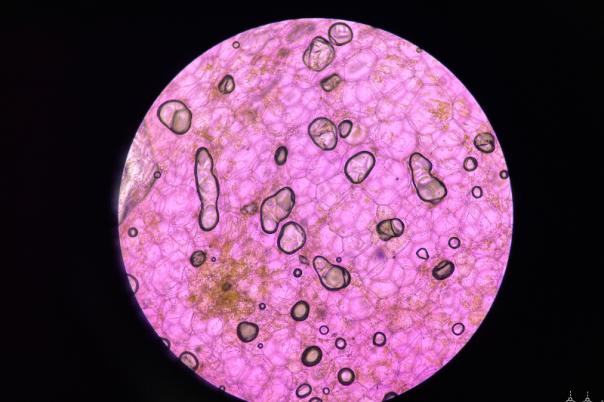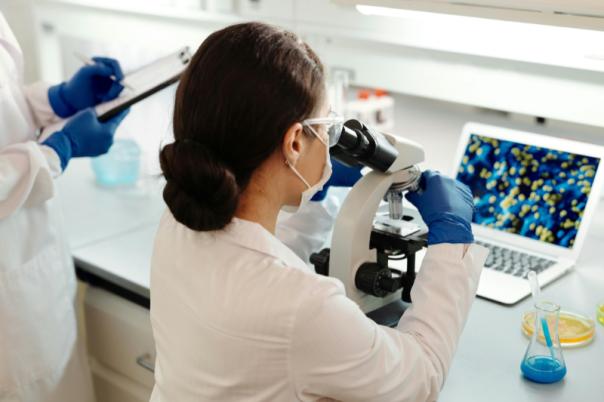The field of spatial technologies is one with huge potential to change the game for drug development and precision medicine. And, although no one can say exactly how that field will develop in the next ten years, Rafaelle Calogero outlined the trends driving innovation for the technology.
Calogero provided a brief overview of the currently available consolidated technologies, dividing them into two groups: those that are used mainly for drug discovery like 10x Genomics’ Visium and the Curio platform, and those that are used for evaluating specific gene panels like NanoString’s GeoMx. Both groups have advantages and disadvantages, but sequencing is considered the most mature technology, with recent advancements allowing single-cell level resolution.
When it comes to imaging-based technologies, Calogero pointed out the need for a standard for data-sharing. He highlighted a paper from Jackson et al. which evaluated the areas that need to be improved in this regard. Calogero noted the need for raw data distribution and flexible metadata to accommodate new changes in image-based approaches. He pointed to emerging geospatial approaches which are currently being applied to spatial transcriptomics data.
Discussing emerging spatial technologies, Calogero discussed the integration of mass spectroscopy with spatial transcriptomics. Vicari et al. sprayed mass spectroscopy matrices on a conventional Visium slide and were able to detect and quantify metabolites before performing spatial transcriptomics on the tissue. This approach enables the simultaneous spatial profiling of small molecules and gene expression within a tissue section. However, Calogero noted that this was a seminal paper, and more research was needed.
Spatial ATAC-seq is yet another emerging technology. This allows for the integration of much more high resolution information with transcriptomics. Calogero spotlighted a small American company, AtlasXomics, which performs this very technique. This method provides high-resolution analysis of chromatin accessibility, which is crucial for understanding tissue structures.
Calogero concluded with thoughts on the commercial landscape of spatial technologies, emphasising the need for reduced costs and increased accessibility. He suggested that the business model should follow the approach of Illumina, where the cost of reagents drops as the usage of sequencing increases.
